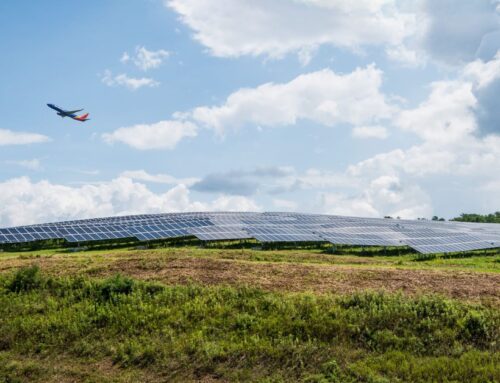Drier than the Desert? Tips to Stay Hydrated on Your Flight
Up in the sky, dehydration can happen quickly in a pressurized airplane cabin
By Rick Wills
Published May 24, 2019
Read Time: 3 mins
What’s drier than the Sahara Desert?
To the surprise of even some frequent flyers, most airplane cabins are.
“Airplanes have almost no humidification, said Dr. Mary Martini, a dermatologist at Allegheny General Hospital in Pittsburgh.
“If a flight starts somewhere like Miami, some moist air may drift into the cabin. If you’re flying from Chicago to Pittsburgh in the middle of the winter, forget it.”
That combination of ultra-dry cabins and the stress of travel leaves many travelers parched by even the start of a flight. And as the busy summer travel season kicks off, doctors want you to know one wet, basic tip for flying.
Drink water.
Experts say skin is most comfortable when humidity is between 40 to 70 percent. Most airplane cabins are at about 20 percent humidity and often as low as 10 percent.
The side effects of dehydration include headaches and muscle cramps. It can even make people think they are hungry when they are just thirsty, nutritionists say.
It can also, over the long haul, irritate and dry out skin.
The remedy?
Expensive skin creams containing hyaluronic acid can prevent skin from drying, Martini said, but probably nothing is more important than just drinking water.”
Yet many travelers overlook drinking water amid the rush of getting to the airport, checking in and boarding. And you can’t bring a bottle through security.
One idea: Bring empty water bottles and fill them after going through security. Pittsburgh International, for instance, has dozens of refilling stations throughout the airport to assist travelers.

The Boeing 787 Dreamliner, flown from Pittsburgh to London on British Airways, features a lower pressurization that improves customer comfort and increases humidity. (Photo by Beth Hollerich)
Airline technology is also advancing to reduce dehydration and jet lag. The Boeing 787 Dreamliner features a lower pressurization that improves customer comfort and increases humidity, reducing the onset of headaches, fatigue and jet lag. It also has better air circulation and cleaner cabin air due to new dual filtration technology that removes odors, as well as allergens, bacteria and viruses.
British Airways flies the plane on its nonstop route between Pittsburgh and London Heathrow.
A person’s hydration level before boarding plays a large role in minimizing dehydration during air travel, Martini said.
For infrequent travelers and those on short flights, low humidity is more a nuisance than a serious health risk, she said. “It’s a different matter for flight attendants, pilots and people who travel a lot.”
Showering within an hour after a flight can minimize skin irritation from dehydration, she added.
Lengthy air travel can also dry out eyes, especially for people who wear contact lenses, which block the amount of oxygen eyes can get. In a low-humidity zone like a plane, drying is worse than in a normal humid environment.
The Mayo Clinic’s web site recommends that air travelers wear eyeglasses instead of their contact lenses.
Many passengers want to eat before boarding a long flight, but what they eat can dehydrate them, said Vandana Sheth, spokesperson for the Cleveland-based Academy of Nutrition and Dietetics and a dietitian in Los Angeles.
Salty fare, such as the pretzels and potato chips many airlines hand out, can add to dehydration. Sheth recommends that passengers carry on water-rich foods like watermelon, cucumbers and strawberries.
And tea, unlike coffee, does not dehydrate, she added. “Toss a few of your favorite tea bags and a thermos bottle into your carry on, and make tea after TSA.”
The biggest culprit may be alcohol, Martini said “The rule is two glasses of water for every alcoholic drink.”






